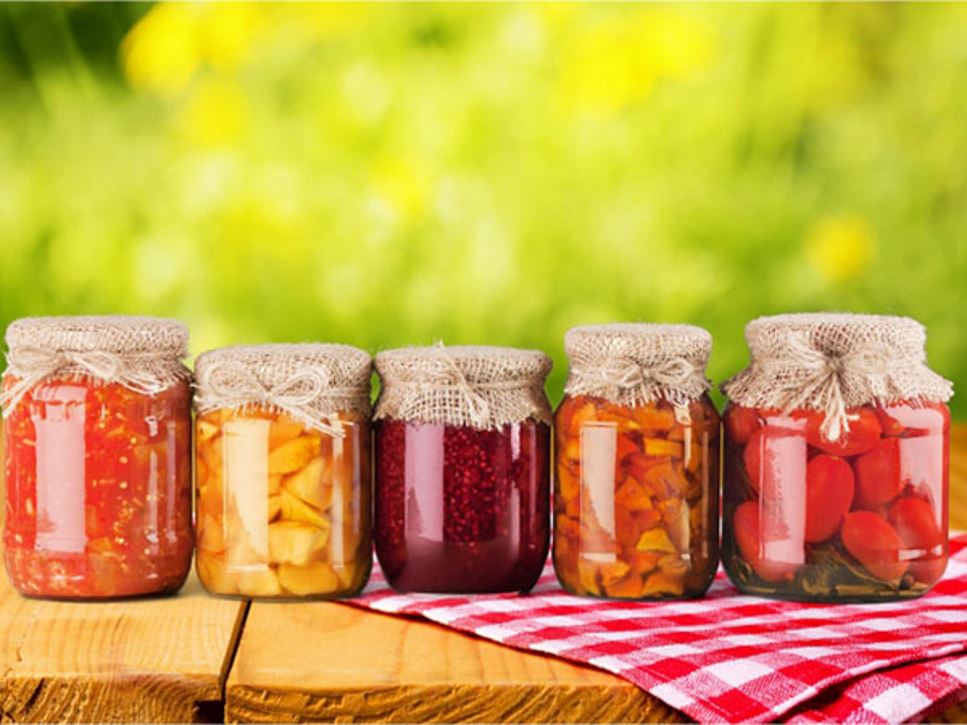If yours is one of the many households in the United States that grows its own produce or shops in bulk at farmstands, then you may enjoy canning fresh fruits and vegetables, too!
Part of the "farm your own food" philosophy is about preserving what you grow to help feed your household throughout the year. Food that is properly canned and kept in a cool, dry environment will last at least one year. Although home canning is affordable and trendy, it also can be deadly if proper safety precautions are not taken during the canning process.
In 2019, nearly 10% of all botulism cases reported were from foodborne botulism outbreaks, with 31% of these cases originating from home-canned foods. Botulism is a rare but serious illness caused by a germ called Clostridium botulinum, which is found in soil. The germ can multiply and produce toxins in improperly canned food. Here are some guidelines to help keep your food safe at home.
Home Canning the Safe Way
- Follow USDA-approved modern canning methods. You might be using the same recipes passed down through generations of family members, but make sure your canning methods are up to date. Canning methods and equipment have improved food safety over time. Follow current guidelines from the U.S. Department of Agriculture's Complete Guide to Home Canning or your state's County Extension Service.
- Use a pressure canner. The acidity of foods adds extra protection when preserving them. Most fruits contain enough acid that they can be preserved by hot water canning — a method of boiling the prepared, sealed jar in water. Other foods, such as vegetables and meats, have a much lower acidity, which puts them at risk for botulism. For low-acid foods, pressure canning is the only method to kill the germ that causes botulism. It helps the contents of the jar reach a higher temperature than boiling alone. This higher temperature is essential for destroying botulism spores.
- Add acidity to tomatoes. The natural acidity of tomatoes can vary. While some varieties are acidic, others are actually considered a low-acid food. Be sure to add lemon juice or citric acid to the mixture to help keep it safe, especially if you’re using hot water canning.
Pick the Right Pressure Canner
- Select a pressure canner big enough to hold at least four-quart jars; the USDA does not recommend pressure canners smaller than this size.
- Use canners with the Underwriter's Laboratory, or UL, approval to confirm their safety.
- Safeguard your canning process by making sure the canner is in good working condition.
- Check all openings for cleanliness.
- Examine the rubber gasket provided with some brands of pressure canners. The gasket should be flexible and soft, not brittle, sticky or cracked.
- Understand altitude adjustments during processing; printed procedures should be with the manufacturer's instructions.
Step-by-step procedures for proper use of pressure canners are described in the National Center for Food Preservation's fact sheet, Using Pressure Canners.
References
Find a Nutrition Expert
Looking for credible nutrition information and recommendations? The Academy of Nutrition and Dietetics' network of credentialed food and nutrition practitioners are ready to help!

